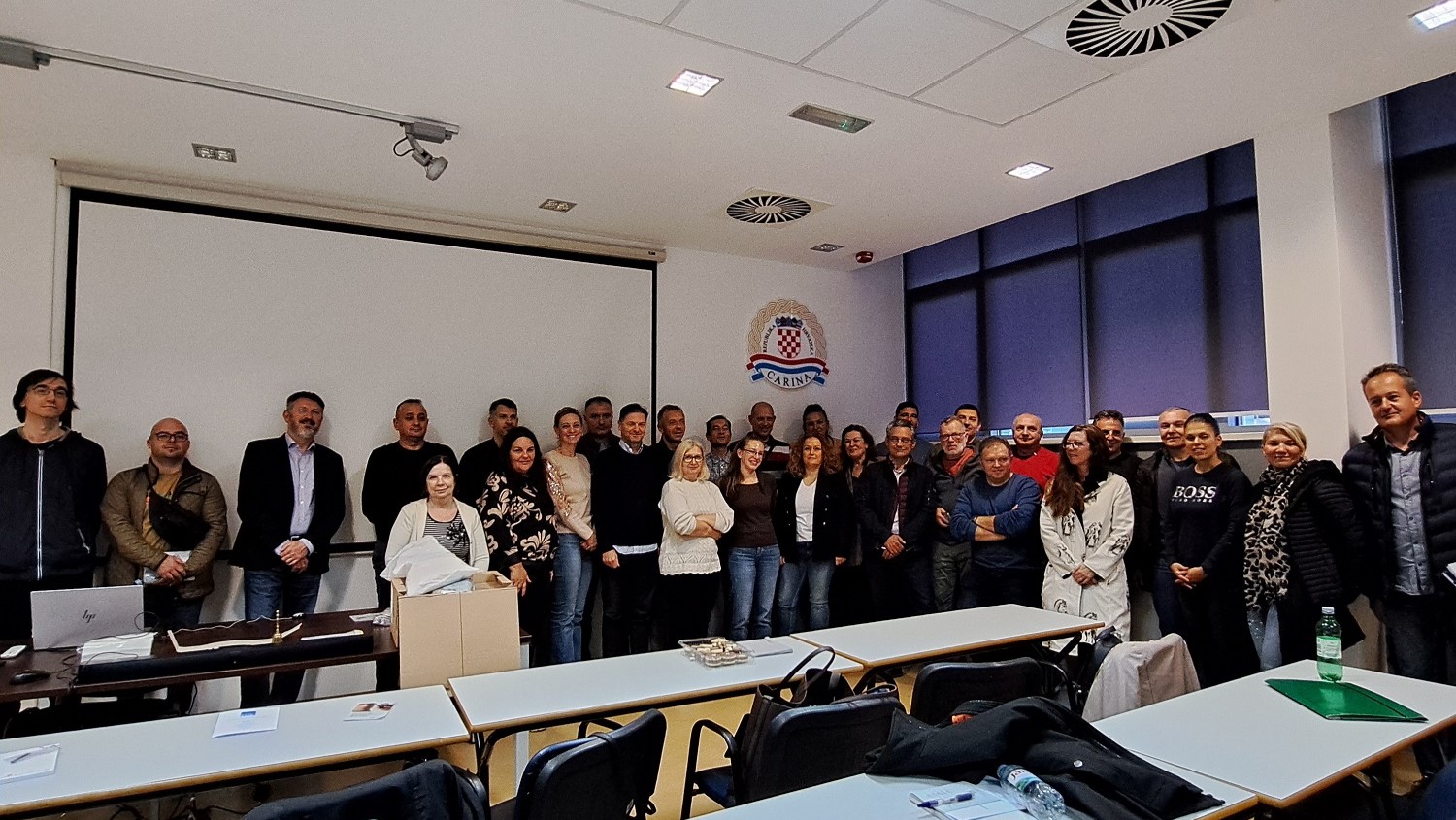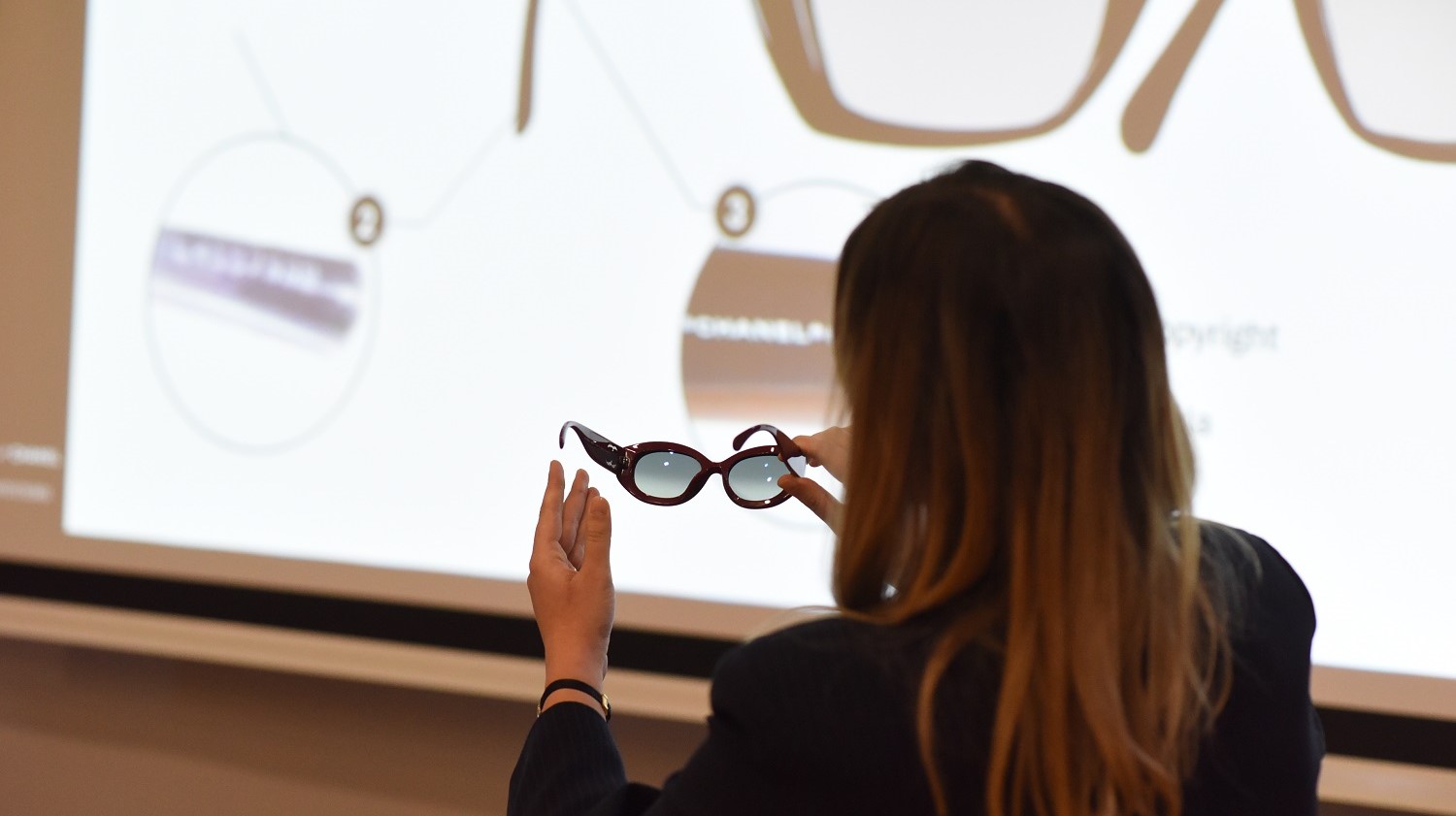Intellectual property disputes, particularly trademark disputes, can be challenging and costly for businesses. Trademark infringement can lead to lost revenue, reputational harm, and expensive litigation.
As a form of alternative dispute resolution that involves a neutral third party, the mediator, mediation is aimed to facilitate communication between the parties in an effort to help them reach a settlement. Unlike litigation, which is adversarial and often results in a winner and loser, mediation is focused on finding a mutually acceptable resolution that both parties can live with. Mediation can be particularly useful in intellectual property disputes where the parties may have ongoing business relationships that they want to preserve.
Benefits
One of the most significant effects of mediation is that it can help parties to reach a settlement that is tailored to their unique needs and interests. Mediation is a flexible process that allows parties to explore a wide range of options and to find creative solutions that may not be available through traditional litigation or arbitration. This can lead to more satisfying outcomes for both parties. Litigation can be time-consuming and expensive. Mediation, on the other hand, can be completed much more quickly and at a fraction of the cost of litigation. This is particularly important for smaller companies or individuals who may not have the resources to engage in protracted litigation. Additionally, since mediation is a voluntary process, parties can choose to terminate the process at any time, thereby avoiding unnecessary costs.
Mediation is also a confidential process, which can be important in IP disputes where confidentiality is critical. In some cases, the dispute may involve sensitive information that could harm the parties if it were made available in a public forum. Mediation allows the parties to keep the details of the dispute private, protecting their reputations and intellectual property.
Perhaps one of the most significant effects of mediation on the resolution of IP disputes is the potential to preserve relationships between the parties. IP disputes can be highly contentious and emotionally charged, often leading to distorted relationships between the parties. Mediation, by contrast, encourages cooperation and collaboration, helping to preserve relationships and avoid further damage. Parties are more likely to continue doing business with each other if they have resolved their dispute amicably.
Shortcomings
Mediation is a voluntary process, which is a benefit, but almost as much a downside. Unlike litigation, where a binding decision is reached, mediation is non-binding. If the parties fail to reach an agreement, they may still end up in court.
- Imbalanced power
Parties may have unequal bargaining positions, which can impact the mediation process. For example, a large corporation will have better resources and more leverage than a small business or an individual inventor. This may result in an unfair outcome that favors the more powerful party. Unlike litigation, where parties can engage in extensive discovery to obtain information, mediation does not offer the same opportunity at times. This can make it difficult for parties to assess the strength of their case and make informed decisions about settlement.
- Inadequate legal protection
Mediation agreements (settlements) are typically less formal than court judgments, and there may be inadequate legal protection for parties. If a party breaches the mediation agreement, it may be difficult to enforce the terms of the agreement.
- Limited recourse
Once parties have agreed to a settlement in mediation, they may have limited recourse if they later discover that they agreed to unfavorable terms. Unlike court judgments, where parties can appeal the decision, mediation agreements are generally final.
Successful Examples
There are many examples of intellectual property matters that have been successfully resolved through mediation.
A recent case of successful mediation in IP in Europe is the settlement agreement between Nokia and Daimler in their patent dispute. Nokia had filed several patent infringement lawsuits against Daimler, claiming that Daimler’s use of Nokia’s patented technology in their cars violated Nokia’s patents. The parties entered into mediation and were able to reach a settlement agreement in August 2022. The terms of the settlement were not disclosed, but both parties issued a joint statement indicating that they had resolved all of their patent disputes.
This mediation was successful in that it allowed both parties to avoid lengthy and expensive litigation, and to reach a resolution that was satisfactory to both parties. The settlement agreement also allowed both companies to focus on their core business activities and to continue to innovate in their respective fields without the distraction of ongoing litigation.
In a few words – mediation can be a useful tool for resolving intellectual property disputes. It offers advantages such as cost-effectiveness, speedy resolution, confidentiality, greater control, and preserving relationships. However, there are also no guarantees, imbalanced power, no discovery, inadequate legal protection, and limited recourse. Therefore, parties must carefully consider the pros and cons of mediation before deciding to pursue it as a mean of resolving their IP dispute.
This text is for informational purposes only and should not be considered as legal advice. Should you require any additional information, feel free to contact us.







